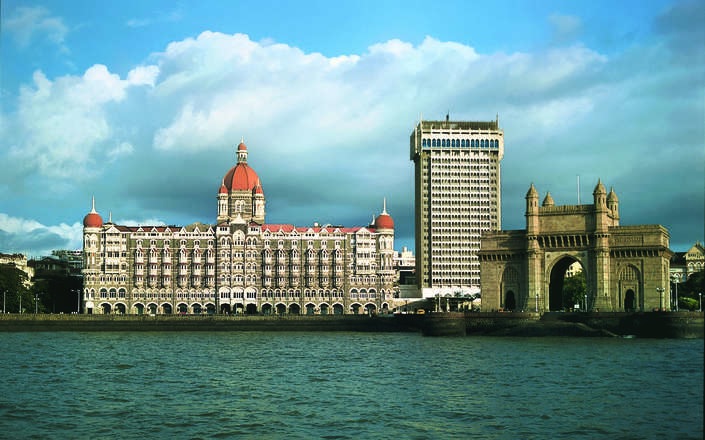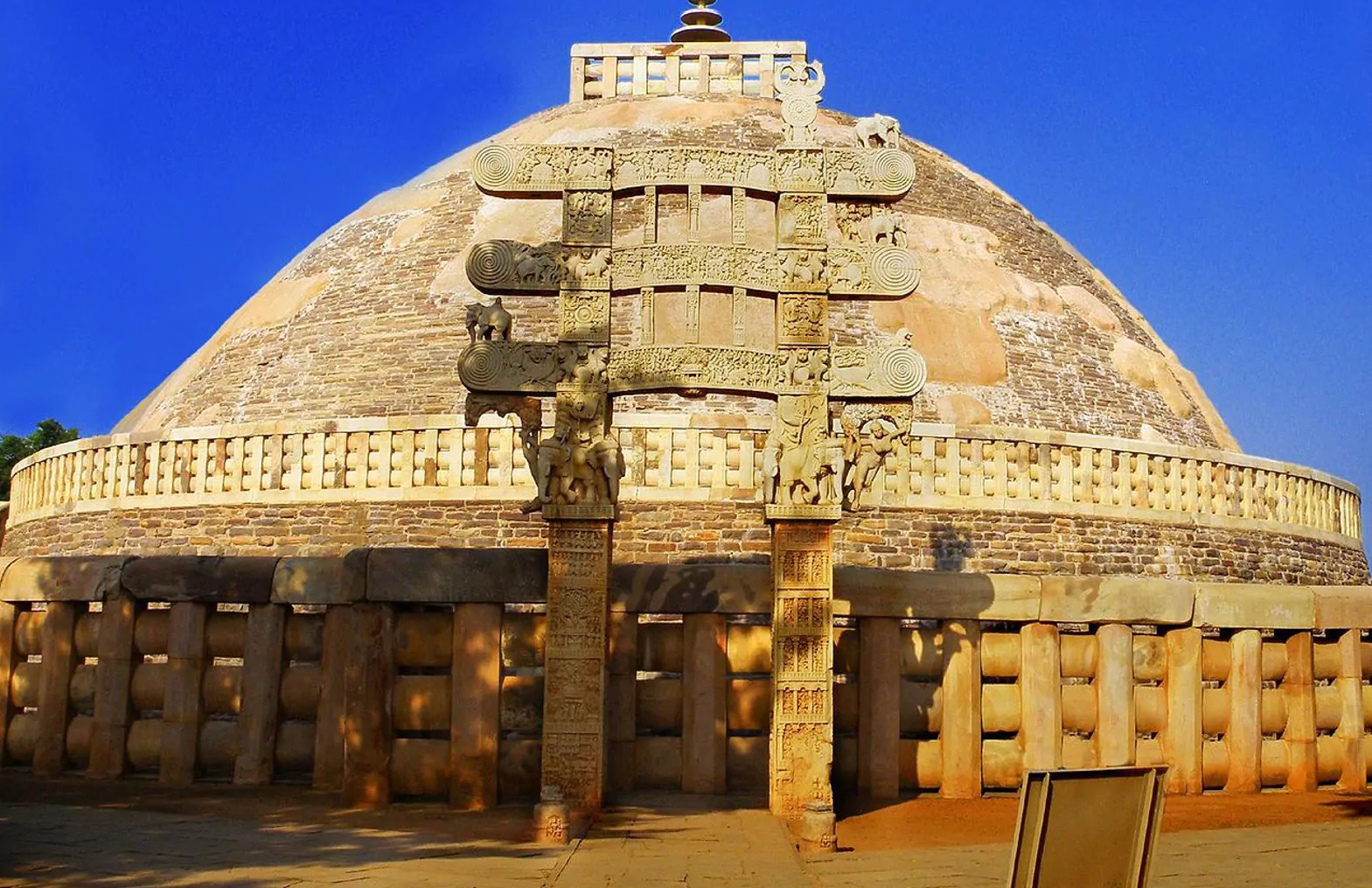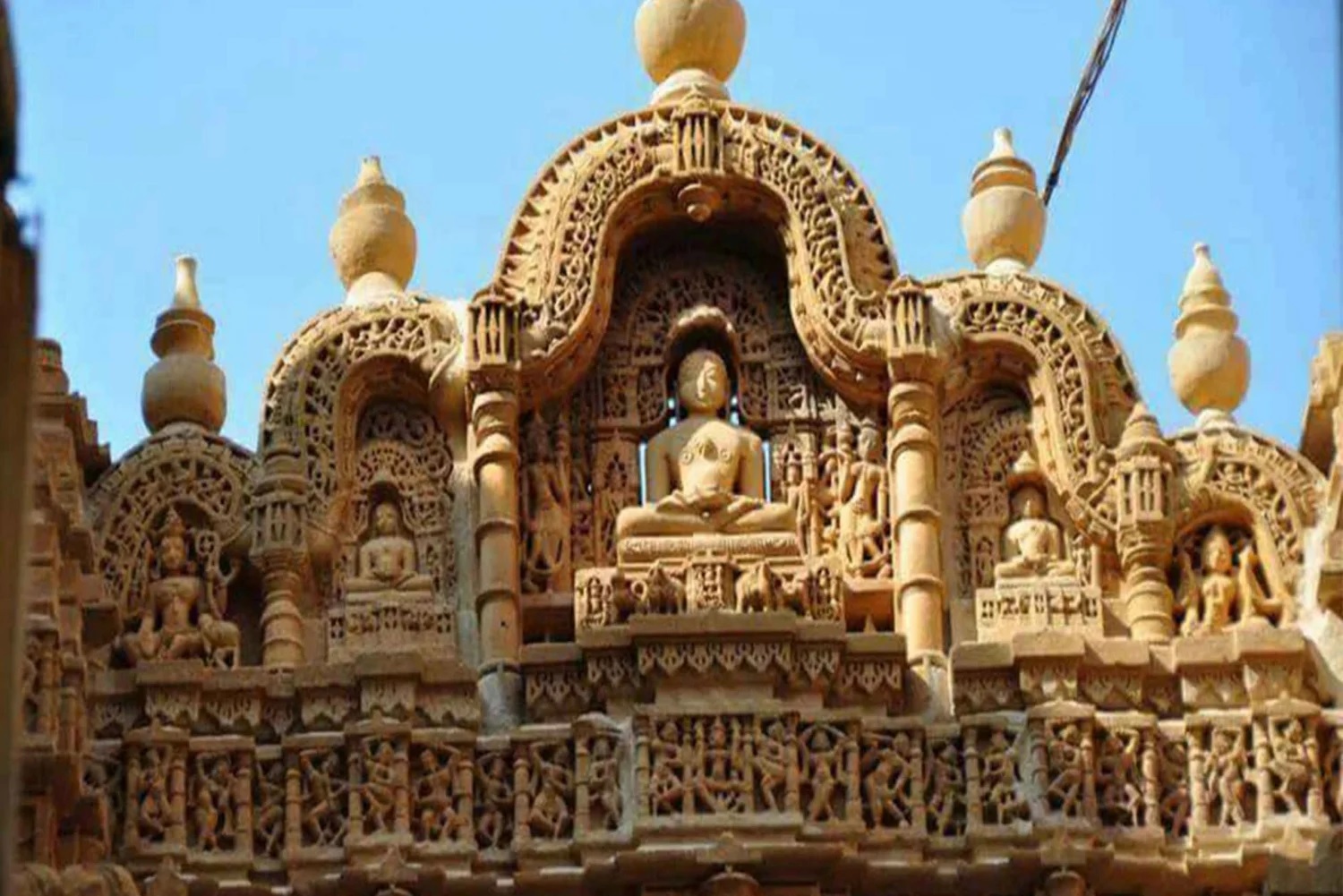Continuing with my long trip through India, in this article I show you the main attractions to see in Mumbai, the second largest city in the country only behind its chaotic capital, Delhi.
Mumbai, officially called Bombay until 1995, is located in the state of Maharashtra, on the west coast of the country. With more than 20 million inhabitants, it is also the second most populated city and one of the main economic and financial centers of India, as it also has the most important port in the entire country. Among many other things, it is also the birthplace of the largest film industry in the world, Bollywood.
Although all of India is a country of contrasts, Mumbai is possibly the city where this extreme difference is most visible, as it is the place of residence of many businessmen and famous Bollywood actors in its most modern part, but a few kilometers away is the Dharavi Slum neighborhood, one of the areas with the most misery and poverty in all of Asia.
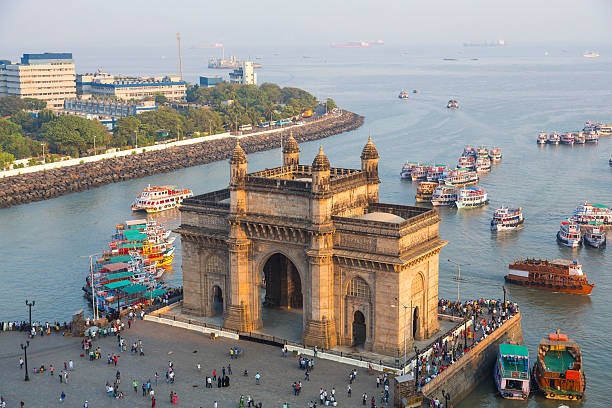
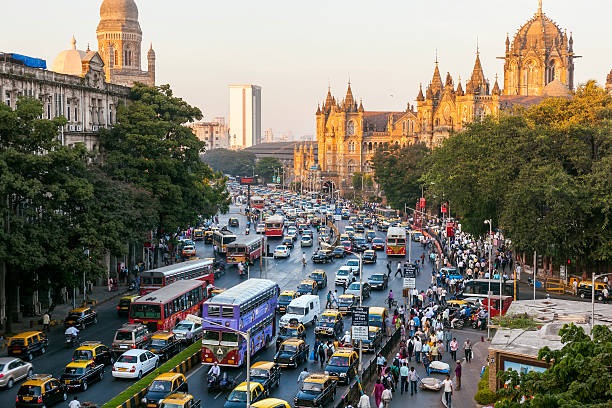
What to see in Mumbai?
If you visit the city, most of the time you will be in Colaba, the most pleasant area and where many of the most important attractions to see in Mumbai are located, including spectacular Victorian buildings, the result of the British colonial past.
I was only in the city for two days, since after 2 months traveling through the chaotic north of India, I was dying to get to Goa to enjoy the tranquility of its beaches. So despite being in the city for a short time, here is this list of places and things to do and see in Mumbai.
By the way, a good way to get your bearings in this chaotic city is to take this complete free tour of Mumbai. If you are several people, another good alternative is to take this guided tour just for you for half a day or a full day where you will see the main places to see in Mumbai, and it also includes transportation.
The Gateway of India

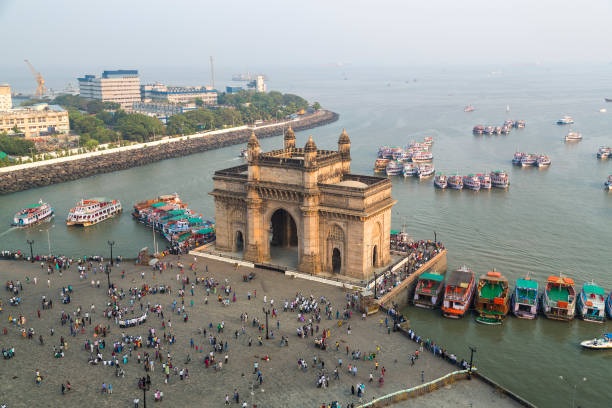
The Gateway of India is without a doubt one of the most representative symbols to see in Mumbai. This monumental 26-meter-high arch built in 1924 combines Hindu, Arab and Western architectural styles and was built to commemorate the visit of the kings of England to Mumbai in 1911.
Ironically, it was from this very spot that the last ship of British troops left after India declared its independence from English rule in 1947.
The Gateway of India is located on the popular Apollo Bunder promenade offering endless views of the Arabian Sea.
If you are not famous, but want to know what it feels like, this is the best place to experience it, as hundreds of locals will want to take photos with you. At night, and when it is quieter, it is also a good time to visit this monument all lit up.
Taj Mahal Palace Hotel, an emblematic building to see in Mumbai
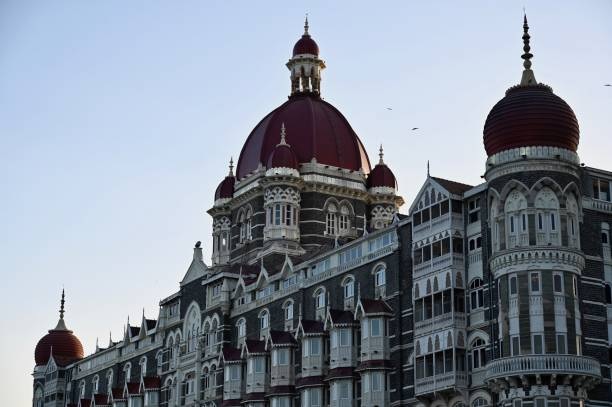
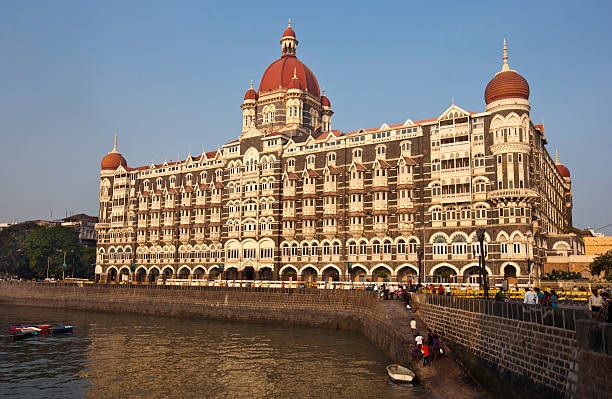
Right in front of the Gateway of India and also with unbeatable views of the Arabian Sea, is another of the most emblematic and historic buildings in Mumbai, the majestic . Built in 1903, it was the first luxury hotel in India.
The grandeur of the building and its exterior appearance, which mixes several styles, stand out, with its façade full of windows and its large red dome. The Arabic style is also present in the corner towers crowned with onion-shaped domes. If you want to see its interior, you can go in for a drink and take the opportunity to take some photos.
In addition, this hotel has a curious history that gives food for thought. It was built by Jamshedji Tata, an important businessman who decided to open the hotel when he was denied entry to the Watsons Hotel, a prestigious “whites-only” hotel at the time. The story today is quite different. The Taj Mahal Hotel is not only one of the best hotels in India, but in all of Asia, while the Watsons Hotel closed years ago.
Victoria Train Station


Another of the most emblematic buildings to see in Mumbai is the city’s main train station known as Mumbai Chhatrapati Shivaji Terminus. This spectacular building, which could easily be mistaken for a palace or a cathedral, was completed in 1888 and its construction mixes Victorian Gothic styles with Indian architecture.
In addition to being the most famous railway station in India, it is also one of the busiest in the country, with more than 1,000 trains a day and more than 2 million passengers a day. Both medium and long distance trains depart from here, connecting with any of the most important cities throughout the country, as well as local short distance trains.
In 2004 it was declared a World Heritage Site by UNESCO. If you visit this area at night, you will be able to see the beautiful building completely illuminated.
Mahalaxmi Dhobi Ghat
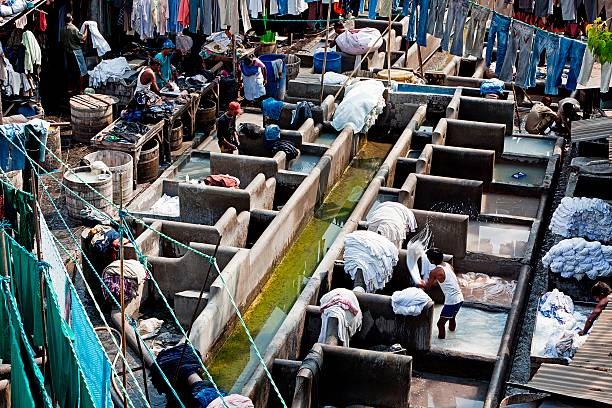
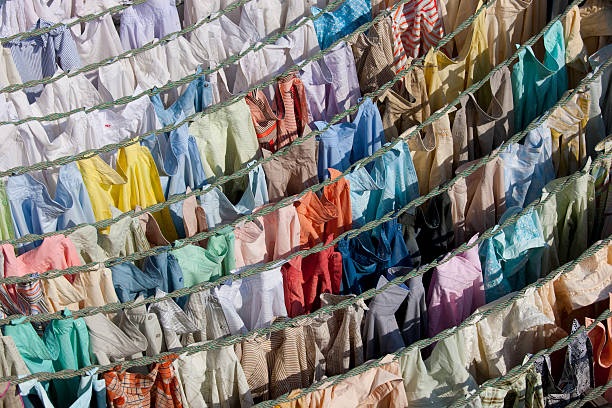
Another thing to do in Mumbai is to go to Mahalaxmi Dhobi Ghat to see something that will really surprise you, the largest open-air laundry in the world, known as Dhobi Gaht.
This business started in the Victorian era around 140 years ago to serve the English and Parsi population of the city. To this day, tons of clothes are still washed by hand every day, and many families depend on it. Many of these laundry families even live in the dhobi gaht itself.
One of the best places to get a good panoramic view is from the bridge over the tracks near Mahalaxmi station. It is really impressive to see all the concrete channels with the water tanks they use to wash, and the amount of clothes hanging out to dry.
Stroll along Marine Drive and Chowpatty Beach
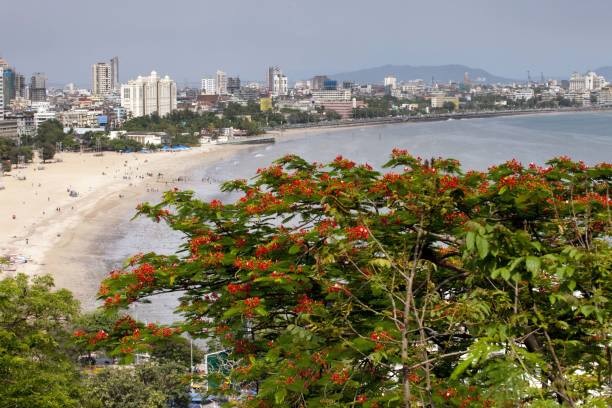
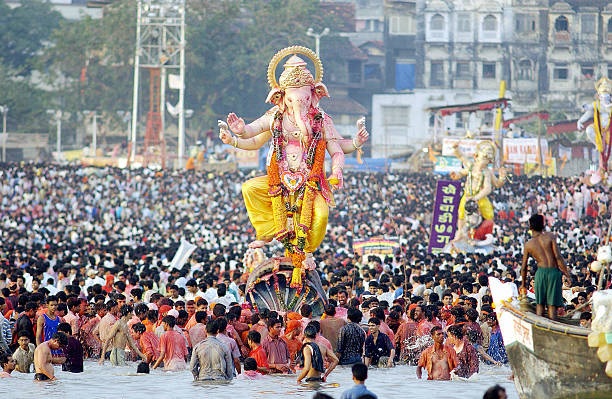
Another thing to do in Mumbai is to take a leisurely stroll along this large, almost 4-kilometre-long avenue, known as Marine Drive. At the end of this walk, or at the beginning depending on which direction you come from, is Chowpatty Beach, Mumbai’s popular beach. This beach is where Mumbai’s most important festival, Ganesha Chaturthi, is celebrated, where locals immerse images of Ganesha in the Arabian Sea.
On one side of this promenade you will have relaxing views of the sea and the skyline of the Malabar Hill area with its tall buildings, while on the other side of the road you can see some outstanding colonial-era buildings built during the 1930s and 1940s. In the evening, local couples and families flock to this spot to watch the sunset. This promenade is also known as “the queen’s necklace”, as its “C” shape and the great lighting at night, from above, give the impression that it looks like a necklace.
Elephanta Island & Cave Temples
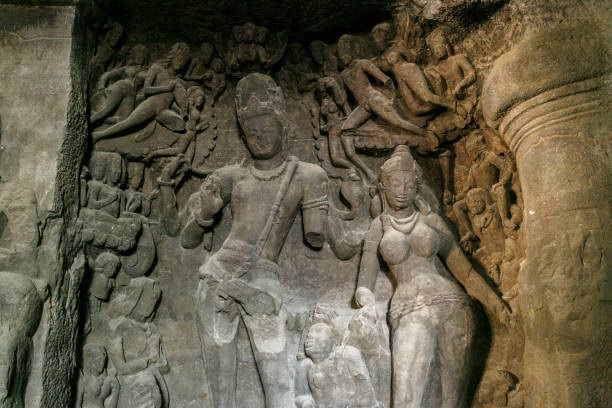
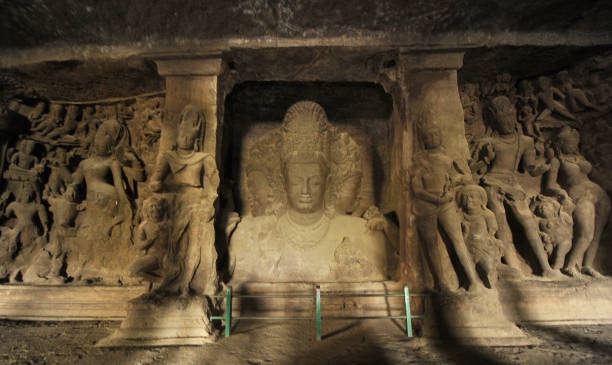
One of the most popular excursions to do in Mumbai is to visit Elephanta Island, where there are some ancient caves from the 6th century, declared a World Heritage Site in 1987.
Dedicated to the Hindu god Shiva, these cave temples are carved into the rocks of a cliff, and inside they house carefully carved stone sculptures. One of the main attractions of this place is a three-headed statue of Shiva, more than 5 metres high, known as Mahesamurti.
The island was once known as Cave Island, but the Portuguese renamed it Elephanta Island, as there used to be a huge stone elephant here, which is now in the gardens of the Bhau Dai Lad museum in Mumbai.
To get to Elephanta Island, boats leave from the Gateway of India approximately every 30 minutes (from 09:00 to 14:00), and take around an hour to reach the island. To return to the city, boats leave the island from 12:00 to 17:30, although we recommend asking in case there are changes. If you are several people, a more convenient alternative is to book this excursion to Elephanta Island, which includes a guide, round-trip transportation, and entrance to the caves.
More things to see and do in Mumbai
If you have more time to explore the city, these are some of the other interesting places to visit in Mumbai.
Prince of Wales Museum
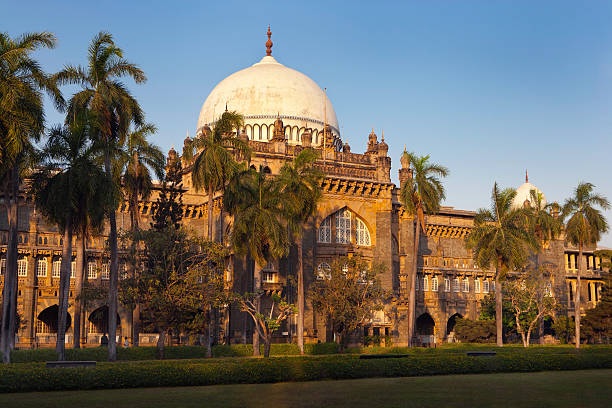
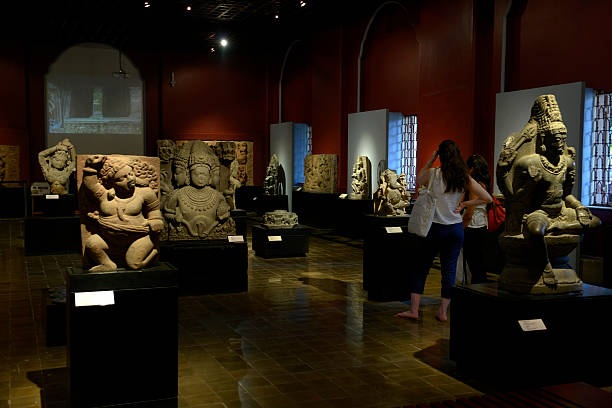
If you like visiting museums and above all you have time to spend at least a couple of hours there, the Prince of Wales Museum, known as Chhatrapati Shivaji Maharaj Vastu Sangrahalaya is another of the places to see in Bombay. Even if you don’t have time, don’t miss the opportunity to see it from the outside.
The first stone of the building was laid by George V of England, Prince of Wales, in 1905. From that moment on, the Scottish architect George Wittet, the same one who made the Gateway of India, was in charge of the design of this spectacular colonial building that was inaugurated in 1923.
In addition to its Victorian Gothic architecture, its large dome and the well-kept gardens that surround it also stand out. Inside it houses large collections with thousands of historical objects from India and other countries, as well as paintings, sculptures, jewelry and other pieces.
The Prince of Wales Museum is located in the Fort district, so another thing to do in Mumbai is to walk around this historic area, where you will find beautiful Gothic buildings from the 19th century.
Malabar Hill
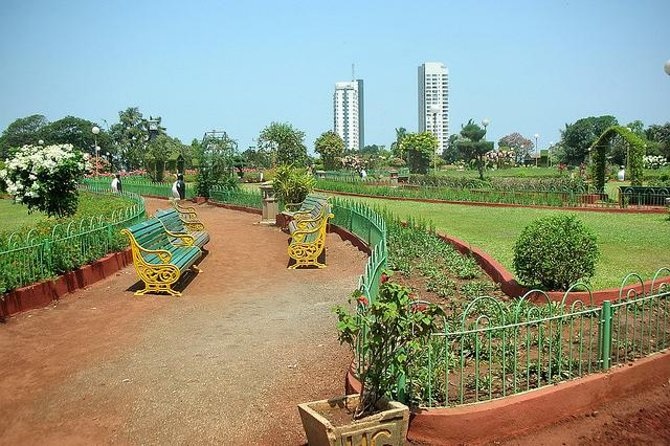
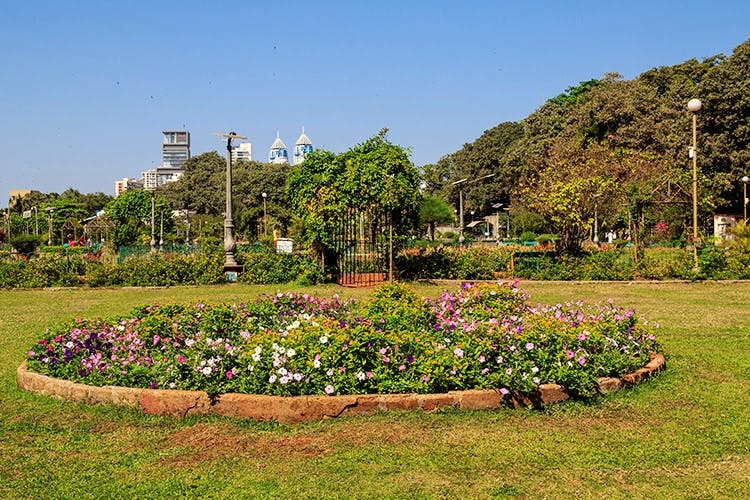
Very close to Chowpatty Beach is Malabar Hill, an exclusive residential area where Mumbai’s upper class lives. Beyond the fact that you may be curious to see the modern apartments there, there are also two ancient places in this area.
One of them is the famous Towers of Silence, an old tradition of the Parsi community that consists of carrying their dead in these high cylindrical stone towers for the vultures to eat them. These towers cannot be seen since they are closed to the public, but it is interesting to know that Parsis still practice these rituals today.
Another place you can visit in Malabar Hill is the Hanging Gardens, some ancient multi-level gardens that you can walk through quietly, and that also offer good views of the city and the Marine Drive promenade.
Banganga Tank
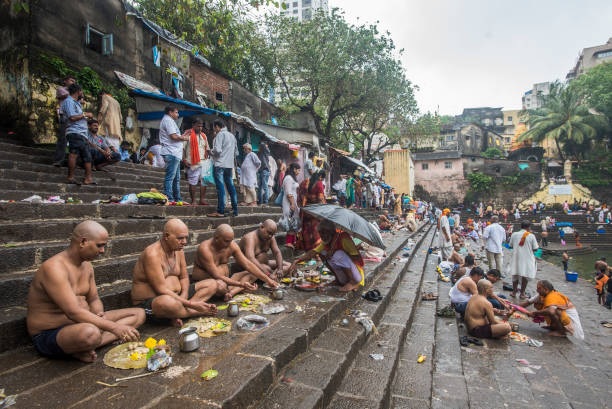

Among the modern buildings of Malabar Hill is the Banganga complex, which was built in the 12th century and is considered one of the oldest and most historic places to see in Mumbai. As we see it today, it was rebuilt in the 18th century.
The most faithful bathe in this pool of sacred water to purify themselves, and around it there are several ghats and Hindu temples such as the Jabreshwar Mahadev and the Walkeswar Temple, which dates back to the 18th century.
Mahalakshmi Temple
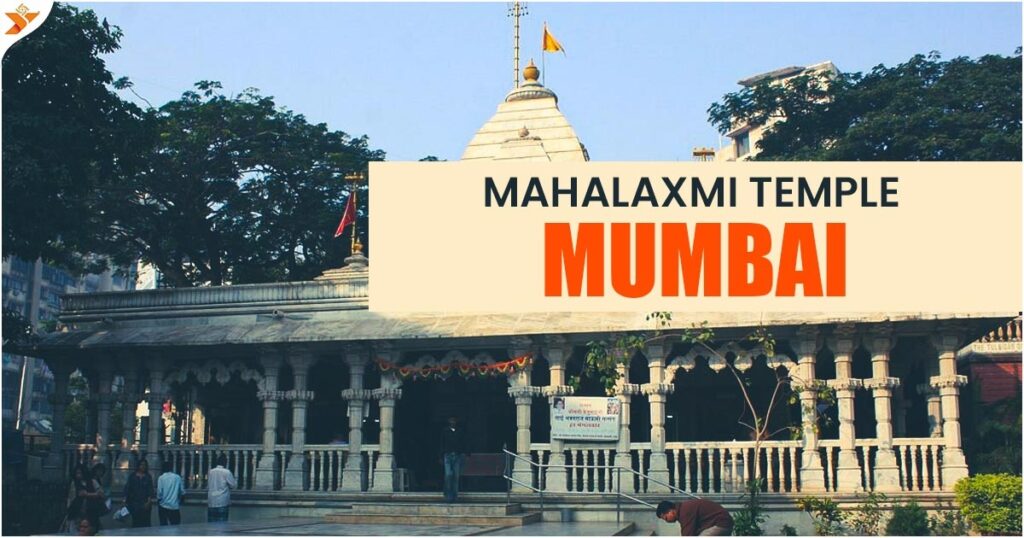
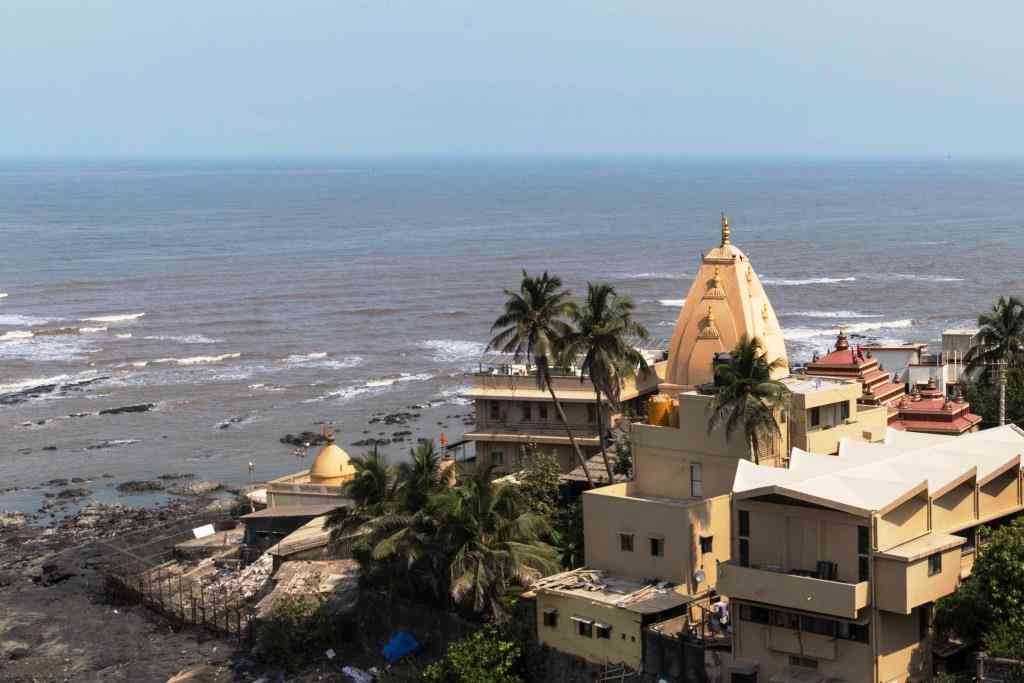
The Mahalakshmi Temple is one of the oldest and most popular temples to see in Bombay. It was built in the 18th century and is dedicated to Lakshmi, the goddess of abundance and prosperity.
Around the temple, as well as on the entrance steps, you will find several sellers of flower necklaces and trays with offerings. It is a temple that is usually always very lively, where many devotees go to pray and make offerings to their deities.
Haji Ali Mosque
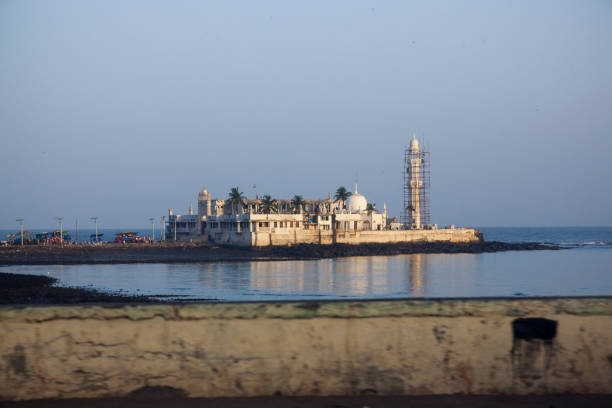
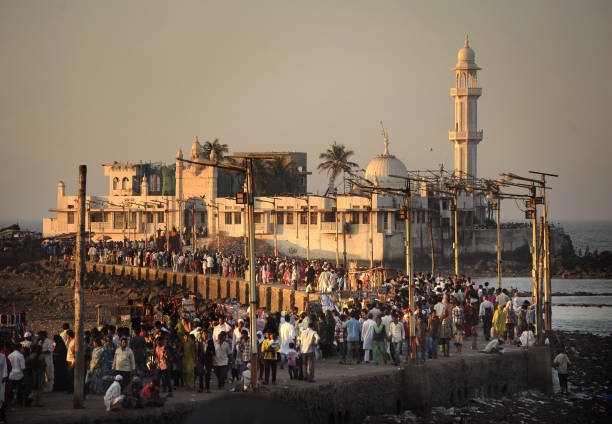
The Haji Ali Mosque is another of the most curious buildings to see in Bombay, not only because of the building itself, but also because of where it is located, as it is on an island off the coast, connected to the mainland by a long causeway. It is only accessible when the tide is low, as when the tide rises, the path is submerged under water, leaving the mosque completely isolated.
The mosque was built at the beginning of the 20th century and serves as a mausoleum, as inside it there is a 15th century tomb belonging to the saint Haji Ali Shah Bukhari, a wealthy Muslim merchant who settled in Mumbai, and who donated his assets after making a pilgrimage to Mecca. This mosque is located very close to the Mahalakshmi Temple.
Tips for visiting Mumbai
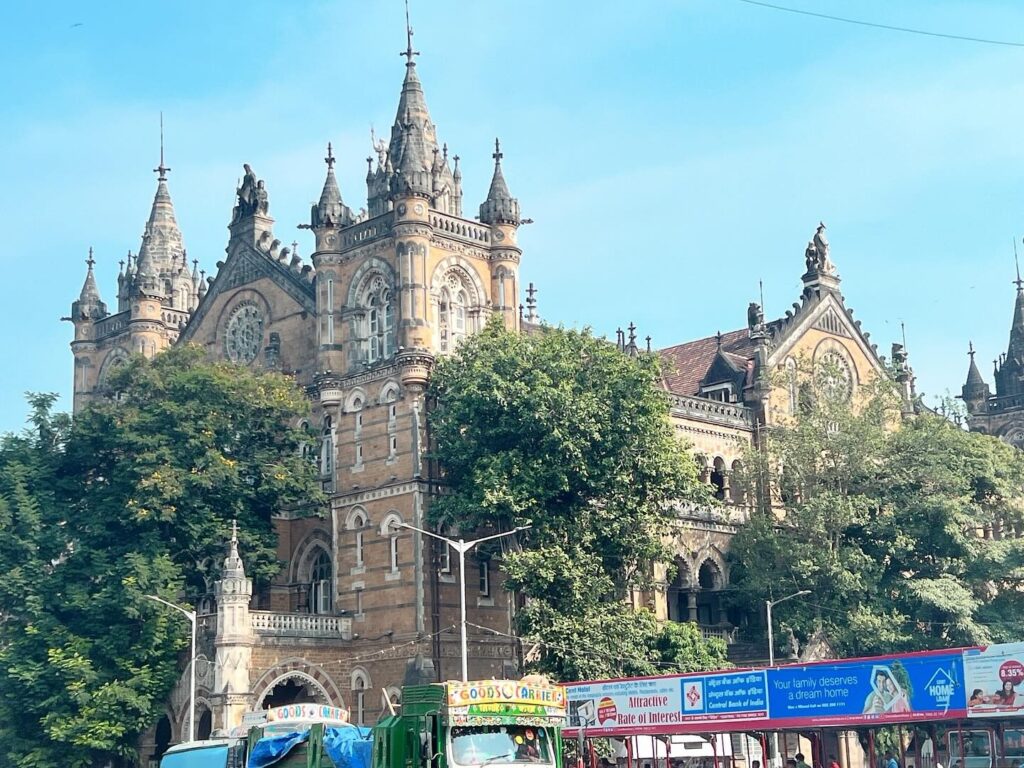
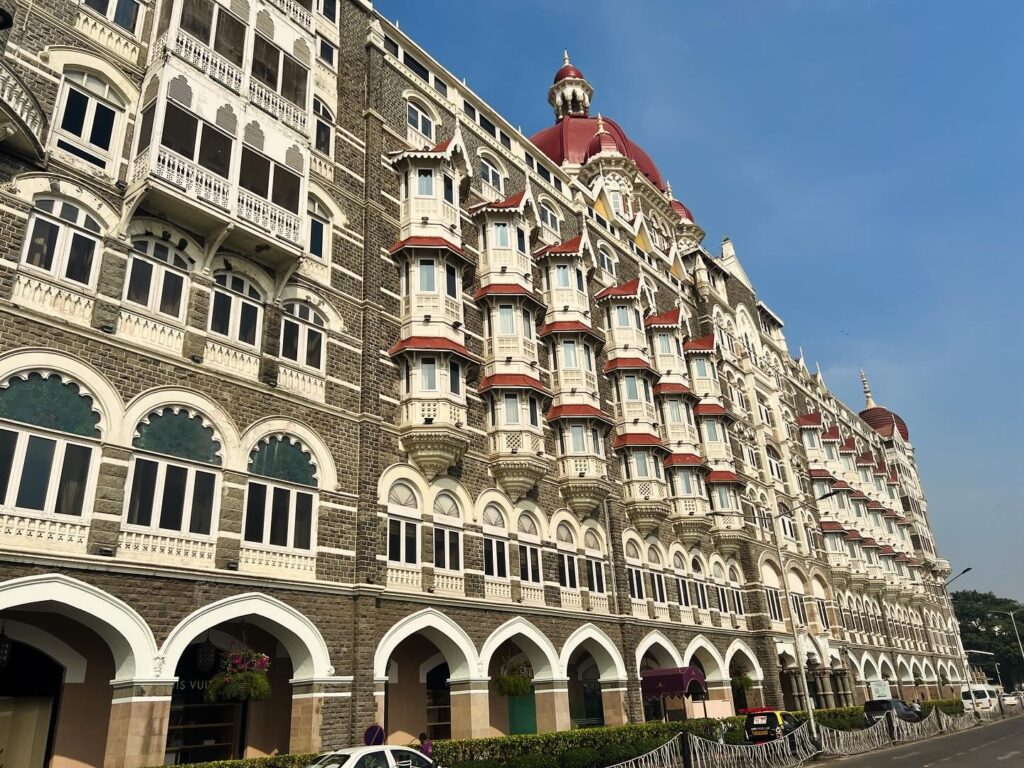
How to get to Mumbai
Mumbai airport is one of the main entry points to India. To get from Mumbai airport to the city centre, especially if it’s your first time in India and you don’t want the city to literally swallow you up, we recommend this transfer service to your hotel. Another option is to get to Colaba by taxi or public transport, although it can take you more than 1 hour.
If you’re going to travel by train in India, you can check all the routes, schedules and prices on this page.
Internet in India
In a country like India, like the rest of Asia, we recommend having an Internet connection 24 hours a day, as you never know when you might need to look up information or contact someone.
In this article we explain all the information on how to get an Indian SIM card with Internet. Another alternative, especially if you don’t understand English very well and don’t want to waste a lot of time comparing companies and prices, is to buy this Indian SIM card, with the advantage that they send it directly to your home and you can put it in your mobile phone without complications as soon as you land in India.
How many days to visit Mumbai ?
We recommend a minimum of three days to see the main attractions to see in Bombay. If you only have one day, stick to the most important visits.

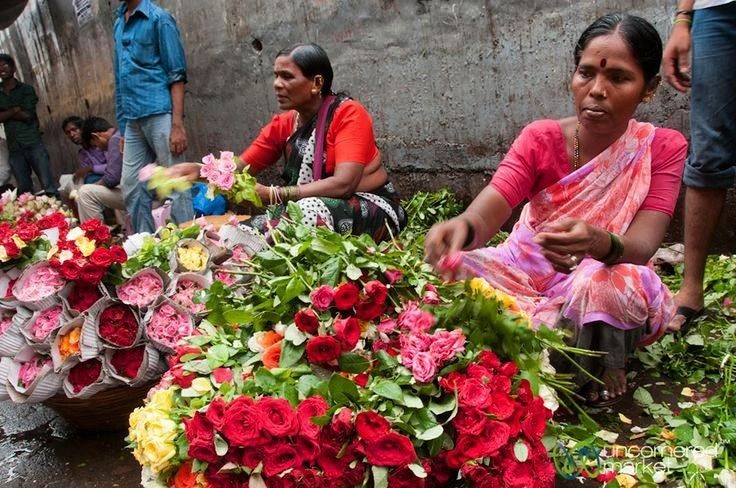
Accommodation in Mumbai
Colaba is the best area to stay in Mumbai. You will notice that the prices of accommodation are more expensive than in many other cities in India, so we recommend booking in advance if you don’t want to be like us, where a little more and we found nothing. If you want to treat yourself to a real treat, in Mumbai there are also some of the most exclusive hotels in the country.
We stayed at the Fariyas Hotel Mumbai , located very close to the Taj Mahal Hotel, as it was the middle range hotel 4*, but you have more options according your budget. With all the accommodation available in Colaba, we definitely recommend looking ahead and booking another place to take advantage of the .
Money in India
India’s currency is the Indian Rupee (INR). Keep in mind that you can only pay with a card in hotels and restaurants of a certain category, but for everything else you will need cash. In the centre of Bombay you will find ATMs to withdraw local money.
Remember that your bank charges you high commissions when you withdraw money abroad, so we advise you to always travel with the credit card to withdraw money without commissions. To pay by card without being charged commissions. Another advantage is that you will avoid carrying a lot of cash.
If you prefer to travel with cash, you can exchange your money for Indian rupees at exchange offices, but you should always be very careful and do so in authorized places to avoid problems.
I hope this article on what to see in Bombay has been useful to you. I recommend that you don’t miss the Travel to India section where you will find many other articles that will help you prepare your trip to the country:

